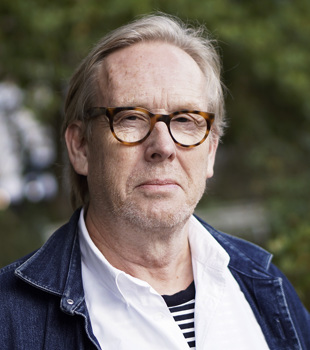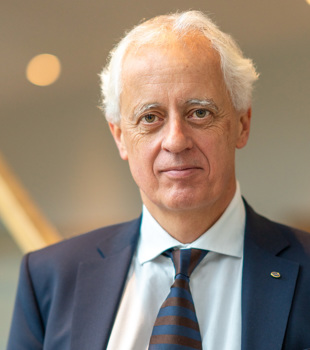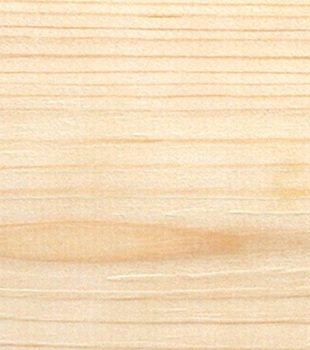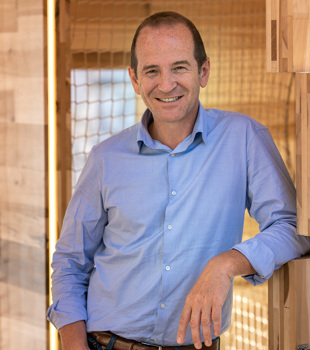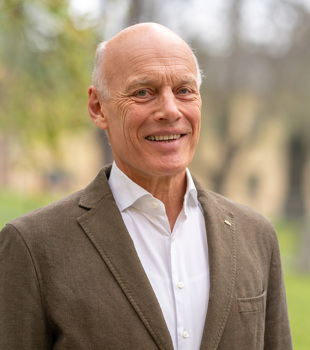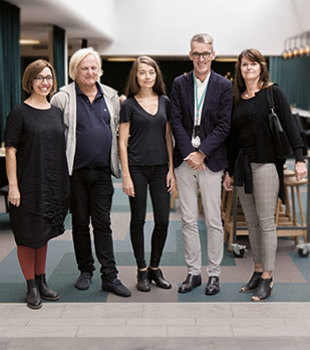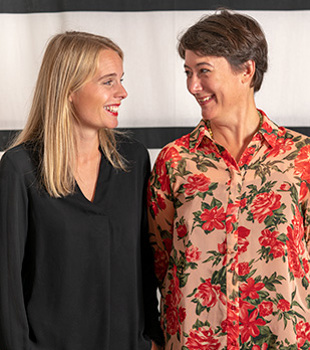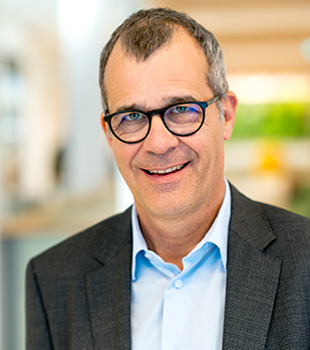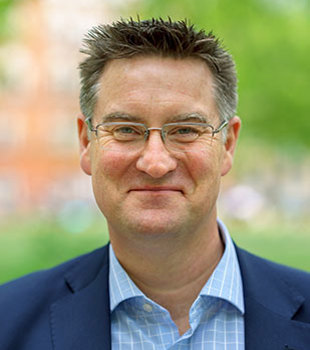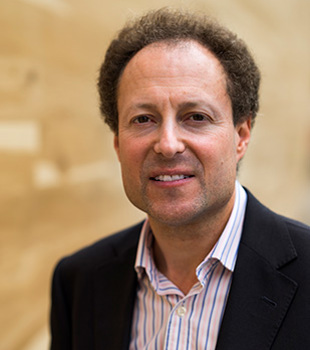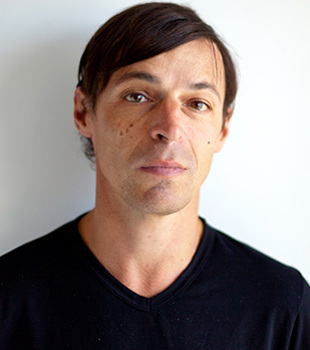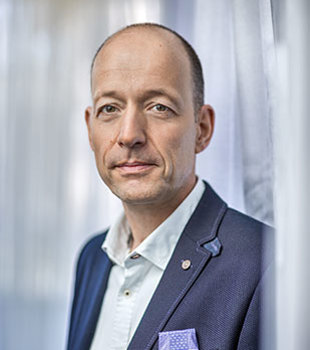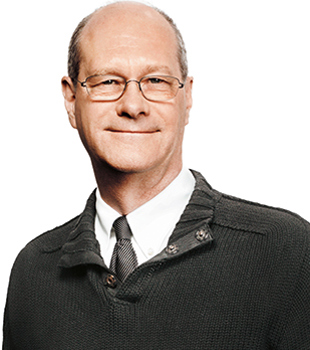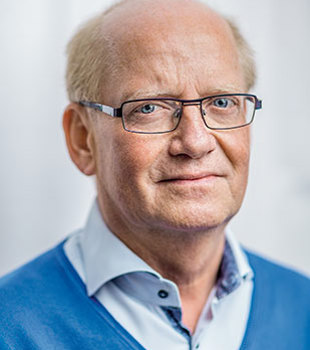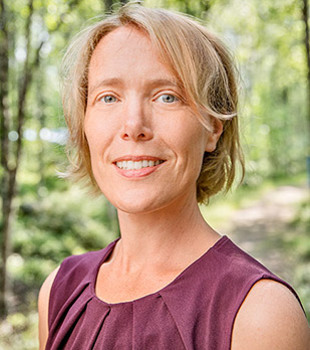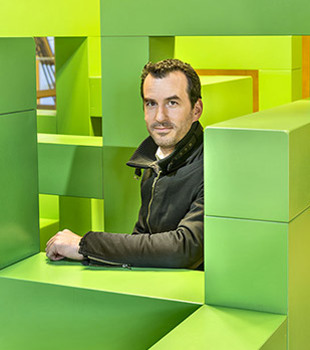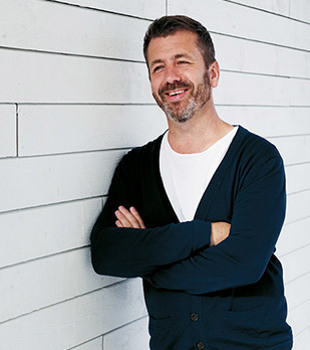Tomas Alsmarker: You are an engineer. Were you always going to go into the construction sector?
Sture Samuelsson: My original choice was to train as a certified forester, but ‘roads and water’ felt quite close. During my first year I took an optional course in architectural history, a subject that has interested me ever since. Whatever choices you make, sooner or later you find yourself doing what you are interested in. My interests were the forest, engineering and architecture.
After working for a few years, I joined the Swedish Research Institute for Agricultural Buildings in Lund. We developed roof trusses with plywood corners, for example. This made them stiffer, which allowed for thinner dimensions. I saw that a professor in the USA was working on the same thing, so I wrote to him, and then I flew over to Purdue University in Indiana and spent a year as a researcher there. I conducted tests on roof trusses with plywood corners and with nail plates, which were new at the time. I developed calculation methods that then formed the basis of a licentiate degree at Chalmers University of Technology back in Sweden.
TA: Your doctoral thesis was about the development of construction systems and the processes that drive an innovation.
SS: What a friend and I did was to send a questionnaire about 130 or so innovations in the construction sector to companies with innovative products. Practically all of them failed because they had not budgeted enough for the marketing. The conclusion was that you need to follow through all the way. An innovation is not an innovation until it is out in the market.
TA: What do you class as recent innovations?
SS: CLT is really the most interesting product in the field of wood construction. When I retired, a business partner and I set up a company and worked with CLT on a number of projects. We saw how the properties of the CLT panels could be used in so many interesting ways. There has not been nearly enough research into the opportunities offered by these cross laminated timber panels.
TA: Most of the things you can do with a concrete slab, you can do with a CLT panel, but at a fifth of the weight.
SS: Yes, and the design thickness is around the same, which is interesting.
TA: It is time to integrate materials and design. Here in Sweden, we need to establish links between engineers and architects within the educational system.
SS: That is precisely why I wrote the book Ingenjörens konst (The Engineer’s Art). It is the book that I felt was missing when I was studying. A book about basic architectural history linked to materials and technical advances.
TA: What potential do you see for developing the art of wood construction into something competitive for Sweden?
SS: One good opportunity lies in the new professorship in wood construction at Chalmers. If you get the right professor, with plenty of experience in structural engineering, an interest in architecture and a willingness to work with other wood building researchers, it could kickstart interesting developments in Sweden. It needs someone to fire up the students with enthusiasm.
The autumn before I retired, I was down on the continent. What struck me there was that everyone knows each other. They are a long way ahead of us. And they are using each other’s knowledge and helping each other.
TA: Is there a wooden building that has really grabbed your attention?
SS: One person who has really influenced me is Julius Natterer (Professor Emeritus at EPFL in Switzerland, ed.). Many of his structures are so interesting. He is an open and fascinating person. His basic idea is not to complicate building in wood.
TA: What advances do you expect to see in wood construction over the next 20 years?
SS: We need to see the potential of manufacturing being fully exploited. Fitting the pipes, cables and installations in a factory. Every aspect of the construction system needs to be part of an efficient system. The integration has to be in place.
TA: The climate issue is going to be a driver of any developments, as will the new industrial approach to construction. The ban on building tall buildings in wood was lifted back in 1994, but there is considerable inertia in the system and in getting developers to change their habits. Unless Housing Minister Peter Eriksson says that all housing development has to have a negative carbon footprint under the international standard EPD, not much is going to happen. It would be an incentive to innovate and work with materials other than concrete.
SS: The government could be much more effective and start setting tougher standards for construction. Like the CFC ban in the 1980s. This prompted Rockwool to stop using CFCs in its XPS production six years before the ban came into force. As soon as a ban was on the cards, the material could no longer be sold. If we set carbon dioxide requirements, it immediately becomes worth doing something about the problem. But the government needs to put its foot down!
We have a capacity to overcomplicate things. Building has become extremely complex. The construction system needs to be clear so that everyone understands what we do. And we need to industrialise the process. Simple principles and innovative solutions.
Note: Sture Samuelsson, Professor Emeritus at KTH School of Architecture and the Built Environment in Stockholm, is always a topical figure, not least now with his book Ingenjörens konst. He has also worked in manufacturing and as a consultant. Tomas Alsmarker has a licentiate degree in engineering and was once a visiting professor in wood construction. He is now CEO of the architectural practice Nyréns Arkitektkontor. Together, they have been leading lights in developing modern wood construction in Sweden.


